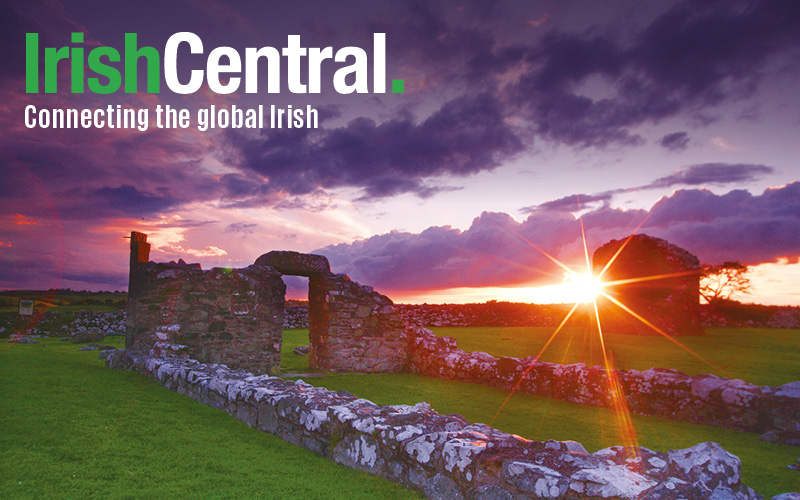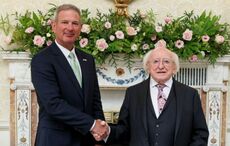A statement was released by the Prince of Wales' official London residence, Clarence House, on Tuesday. It read:
“At the request of the British Government, their Royal Highnesses the Prince of Wales and the Duchess of Cornwall will visit Ireland in May.
"Their Royal Highnesses will also visit Northern Ireland in the same period. The four-day visit to both countries will take place from 19th to 22nd May 2015.
"Planning is still in progress and more details will be released in due course."
Prince Charles has not visited the Republic of Ireland in 20 years. On May 31, 1995 Prince Charles first visited Ireland, the first royal visit since Ireland’s independence was declared. He flew into Casement aerodrome, at Baldonnel in County Dublin, and was greeted by a Sinn Fein-organized protest in Dublin’s city center.
He was due to visit again in 2002, but this trip was canceled due to the death of his aunt, Princess Margaret. The Prince and Camila did visit Ireland in 2004 on a private trip to Lismore Castle, in Waterford, to attend the 60th birthday party of Lord Hartington, the son of the Duke of Devonshire, a relation of the prince.
This May’s trip will be his first visit since Queen Elizabeth’s highly successful visit to the Republic of Ireland in 2011.
It is highly unusual for a royal visit to Ulster to be announced in advance and is testament to how far security concerns have moved on in recent years.
Their trip is expected to take them to Mullaghmore, County Sligo, where Prince Charles’ great-uncle, Lord Louis Mountbatten, was killed in an Irish Republican Army (IRA) bombing, in August 1979. They are expected to also visit Lissadell House and Drumcliffe Church, in County Sligo, where poet WB Yeats is buried.
Ireland’s Minister for Foreign Affairs Charlie Flanagan welcomed the news of the visit. He said the trip will be a further expression of the warm and friendly relations which now exist between Ireland and the United Kingdom.
Flanagan said, “The different traditions on this island will have differing historical perspectives but we can at least strive to respect the plurality of our narratives”
“We have done our reconciling. Queen Elizabeth II’s presence at the Garden of Remembrance four years ago was a powerful symbol and a tacit acknowledgment by the British sovereign that perhaps those Irishmen and women who refused to accept the inevitability of British rule in Ireland had a point.”
In the past the Prince has spoken about the impact that his great-uncle’s death had on him. Lord Louis Mountbatten took his holidays Classiebawn Castle, near Mullaghmore harbor, each summer. On August 27, 1979 the 79-year-old had gone out on a lobster-potting and fishing trip. A bomb on board his boat, the Shadow V, was detonated when they were just a few hundred years from land.
He died of his injuries as did his grandson, Nicholas Knatchbull (14), Paul Maxwell (15) from County Fermanagh, and Lady Brabourne (83), his eldest daughter’s mother-in-law. Knatchbull’s parents and twin brother, Timothy, survived, but with serious injuries.
Here’s Pathe footage on the news from 1979:
Thomas McMahon of Carrickmacross, County Monaghan, was convicted of the bombing. The IRA claimed responsibility for the attack. McMahon was sentenced to life imprisonment and was released in 1998 under the terms of the Belfast Agreement.
The exact planned itinerary for Prince Charles and Camilla’s visit to Ireland is a work in progress.




Comments